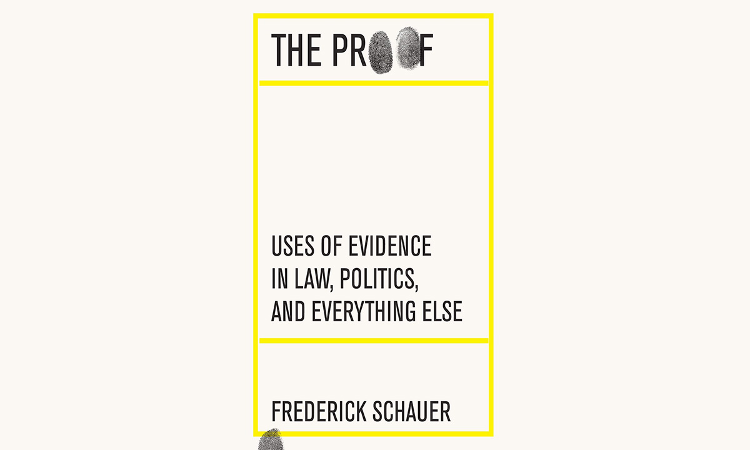Book Review- The Proof: 'Uses of Evidence in Law, Politics, and Everything Else'
Snehil Singh
22 Aug 2022 5:12 PM IST

Next Story
22 Aug 2022 5:12 PM IST
Evidence forms the ground for what we know, but at the same time, it is complex in nature not only in terms of the determination of its validity but also in terms of the degree of reliability in different contexts. The Proof by Frederick Schauer is one such book which analyses the various aspects of evidence in a detailed and innovative manner, not just from a legal perspective but...
